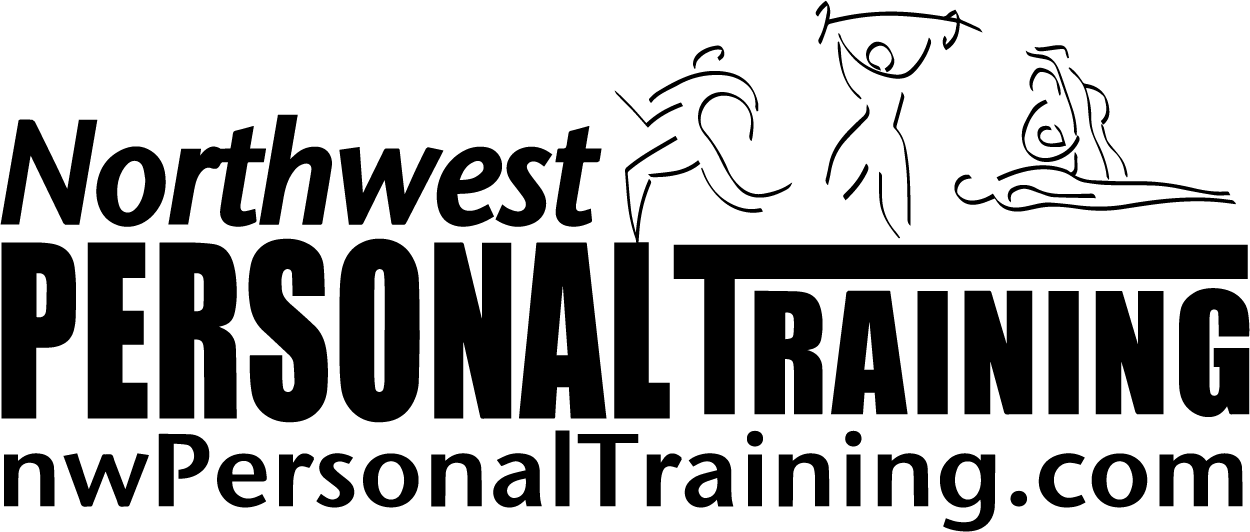 During the last 2 columns we’ve discussed general running guidelines to help you design a running program to prepare you for the local, popular runs, the Portland Marathon and the Girlfriends Run for a Cure that will have thousands of runners and walkers participating from around the Northwest this fall.
During the last 2 columns we’ve discussed general running guidelines to help you design a running program to prepare you for the local, popular runs, the Portland Marathon and the Girlfriends Run for a Cure that will have thousands of runners and walkers participating from around the Northwest this fall.
But even if you do everything right, sometimes you still experience nagging aches and pains during your training program. So what should you do if you find yourself in pain?
As we mentioned earlier, running is a high-impact sport and unfortunately, you may be forced to deal with the symptoms of an injury or an injury-just-waiting to happen. In the event that this happens, you need to know exactly what to do to hopefully “nip it in the bud”. If you find yourself experiencing any form of pain around the hip, knee, shins or feet, treat it immediately. Injuries left untreated, can become chronic and seriously affect your ability to continue with your training program.
As a general guideline, the acronym “RICE” should serve as the basis of treatment for most minor, acute strains and injuries during your running program:
- R stands for rest – that is either take a few days off or reduce your training intensity and volume. Walking, hiking and/or water running are good backups when you need a break from running. And as a general rule of thumb, some activity is better than no activity to keep circulation strong and to support the healing process so do whatever you can to keep moving without causing pain to the affected area.
- I stands for ice – ice the affected area to reduce pain and swelling. A good guideline is ice the area for 15 minutes every two hours to reduce pain and swelling. But be careful not to ice too long or too often because we still want blood flow going to the affected area to help the healing process. Ice helps to control excessive inflammation but we don’t want to constrict blood vessels too long because that will slow down blood blow and the healing process.
- C stands for compression – Compression socks, bandages, braces and sleeves can often help runners work through injuries by applying support and pressure to the injured area therefore minimizing inflammation and damage from excess swelling.
- E stands for elevation – that is elevate the affected limb to assist in the drainage of fluid. It’s also a good preventative technique for runners to lie down after a run and after they cool down and place their legs up on a wall to assist blood flow while they perform a variety of wall stretches.
Many runners question when it’s best to use ice and when to use heat:
Ice is best if used immediately after the injury has occurred, when there is swelling and when the area is painful to move. Applying ice will cause numbness and reduce pain. Ice also constricts blood vessels and minimizes the inflammation response and swelling. But since ice limits blood supply to the injured site which in the long run, may slow down the healing process, it’s best to use ice in the beginning stages of an injury and for only limited amounts of time. Do not apply ice directly to the skin but instead, wrap the ice pack or cubes in a wet towel.
Heat can usually be applied to an area generally four to five days after the initial injury. Heat increases local blood supply, bringing healing nutrients and cells to the damaged tissues and relaxing tight muscles. Apply hot towels or heat packs for 10 to 15 minutes every few hours. Some runners will even use heating ointments such a BenGay before a run to help bring warmth to tight areas to enable them to get through a run pain-free.
It’s always a good idea to seek expert advice from a sports physician or a physiotherapist – they can often provide you with specific stretches or exercises to treat the problem and can often use various other techniques to reduce the pain and/or speed the recovery process. Self-treatment, using the above RICE protocol, is a good starting point, but it’s wise to be safe rather than sorry and seek help. Remember, that pain is your body’s warning signal that something is wrong.
And last, I’m a huge proponent of weekly body work so be sure to schedule yourself with a Massage Therapist. It’s amazing what some deep tissue muscle release can do, especially when you are very active! Many runners also swear by myofascial release using foam rollers to help release tight areas in the body. We will cover this in a future column so stay tuned.
If you are looking for a group to train with, we host a weekly training run.
Yours in Health & Fitness,
Sherri McMillan
Like us on Facebook and get FREE instant access to my “Achieving your Personal Best” eVideo – Learn the critical steps to help you lose weight, feel great and live your best life.
Don’t forget to sign up to receive my blog posts in your inbox!
Just enter your name and email in the form up here


